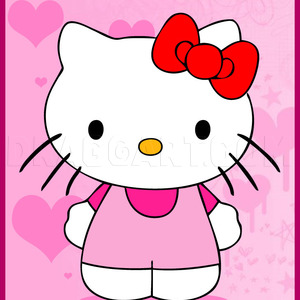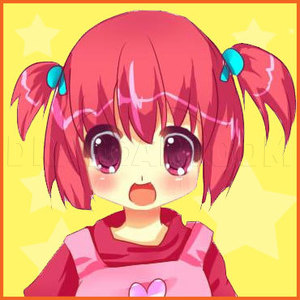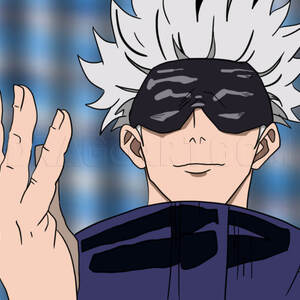1
Before starting out, I'd like to show the main bones of the head. You can Google or Bing these names to find out more about them. This little pic gives some more knowledge for a better understanding of what you are drawing. Yeah, it's ANATOMY TIME!!!
4
You can draw in the lines a. for top of eye sockets, b. for bottom of sockets, c. for the nose cavity, and d. for the teeth.
5
Now draw in the eye sockets. Notice how the lower socket extends over the guideline. And make sure you leave the white spaces within sockets clear.
7
Watch closely how the teeth relate to the guidelines. Take your time to get that curvature look of the teeth. As you draw, you will have more accuracy.
8
As you noticed, the skull lines are becoming more detailed. Watch how it is drawn just outside the guidelines. So the cranium will have more mass. Make sure to add those dots, crevices, and cracks... that adds texture and character.
9
Finish drawing the jaw, shadow and horizontal line for the ground.Patience is your best friend because with it, you'll be able to complete your drawing. If you haven't already, you can now erase your guidelines.
10
I made this line drawing especially for you if you don't want to do the pencil shading and blending part. At this point, you can color it in for your Halloween "Trick or Treat". Otherwise, let us continue to the pencil drawing part.
11
Here is the outline done with a 0.7mm mechanical pencil. Look closely and see if your lines look something like this. You can erase if certain areas like the eyes or nose don't line up. Take you kneaded eraser and dab off the shadow outlines or dark
12
Before we go any further, I want to mention some tools I used, which is the famous white acrylic (this time white opaque watercolor) and also sandpaper. Right before I shaded, I used 36-grit sandpaper and rubbed over the skull's face with a blending
13
TOP PICTURES: Here are the mechanical pencils with their crosshatches, lines, and circular shading. They start from light (H) to dark (B). The 2nd top picture includes 9B'S & BLENDERS You can actually shade a little with blending stumps without the g
14
The picture that goes with this step shows two different ways to hold your pencil to acquire certain effects. OVERHAND: Holding a sharpened pencil in normal writing form with fingers in the middle or near the lead gives you great control and thin/det
15
PENCIL STROKES & TONE, SHADING, TEXTURE -- For your convenience, I have inserted this step with different pencils, strokes to use. And you can study the shapes that make up this drawing universe, along with tone, shading, and texture.
16
The picture here is a great exercise for value shading. I've got a little secret tip for you to make things easier. You can download this to your desktop. First click on the picture to have access to full size. By right clicking on your mouse, you ca
17
After printing out a number of the above template, practice shading in the values like this picture. You become familiar with this shading technique that gives you more control and confidence.
18
This is where I slid my 36-grit sandpaper under my paper outline. I rubbed on the paper with my blending stump to make the paper "bumpy." SUGGESTION: Make sure you lighten your dark outlines of the skull. It is much easier to do this in the beginning
19
Here I used my blending stump to "draw" in more lines, add more shading to the skull's head, sockets, nose cavity, teeth and background. I blended the speckled areas with the sandpaper underneath. The sockets, nose cavity, teeth and background, I did
20
I took charge and grabbed my 9B Graphite pencil and added more definition the skull, nose cavity, shadowed features on the face, and shadow in the dirt.
21
The interesting thing here is I wanted to add more realism aka depth to the skull. So I dotted with my 9B pencil more grainy texture. Also for highlights, I took my acrylic whites and fine brush to add dots and lines of white to the holes, crevices,
22
This background was cloned from the reference pic to add drama for the preview picture and to save time. Remember the tip about lightening the outline in the beginning. If I left it dark, it wouldn't look as realistic. And it was a bit more messier t
23
Without highlights, your picture would have a flat appearance. Click on this picture to learn how to make your own picture POP out!
Comments 0
Details
October 11, 2012
Description: Halloween is around the corner and this tut fits it like a glove. You want scary? Try out drawing this realistic human skull. You want to learn more art? Check out the technique in "How to Draw a Realistic Skull." I'm hoping you will enjoy this addition to DragoArt. You can show your support by faving, commenting, and clicking on "Love It"!























































































